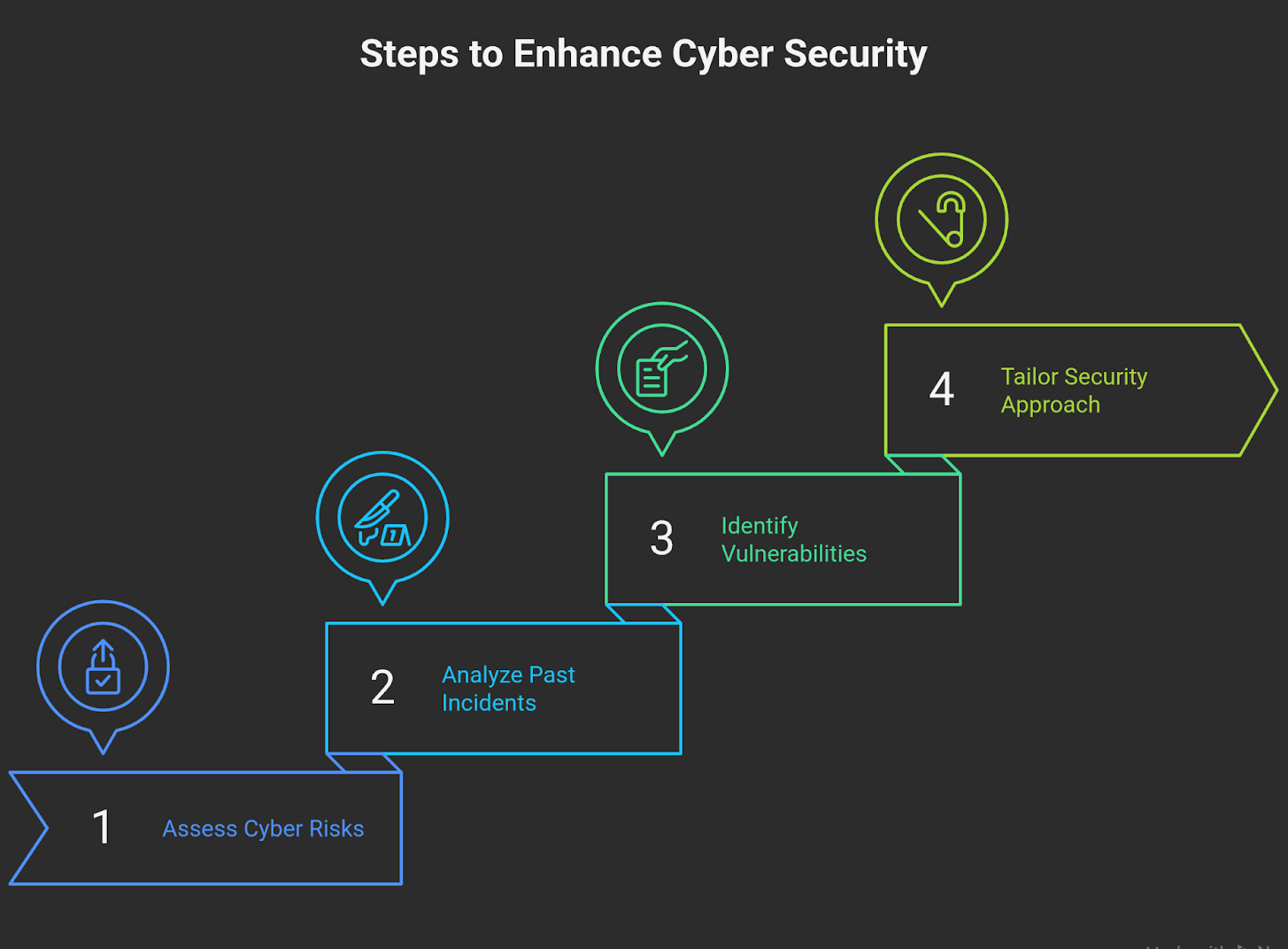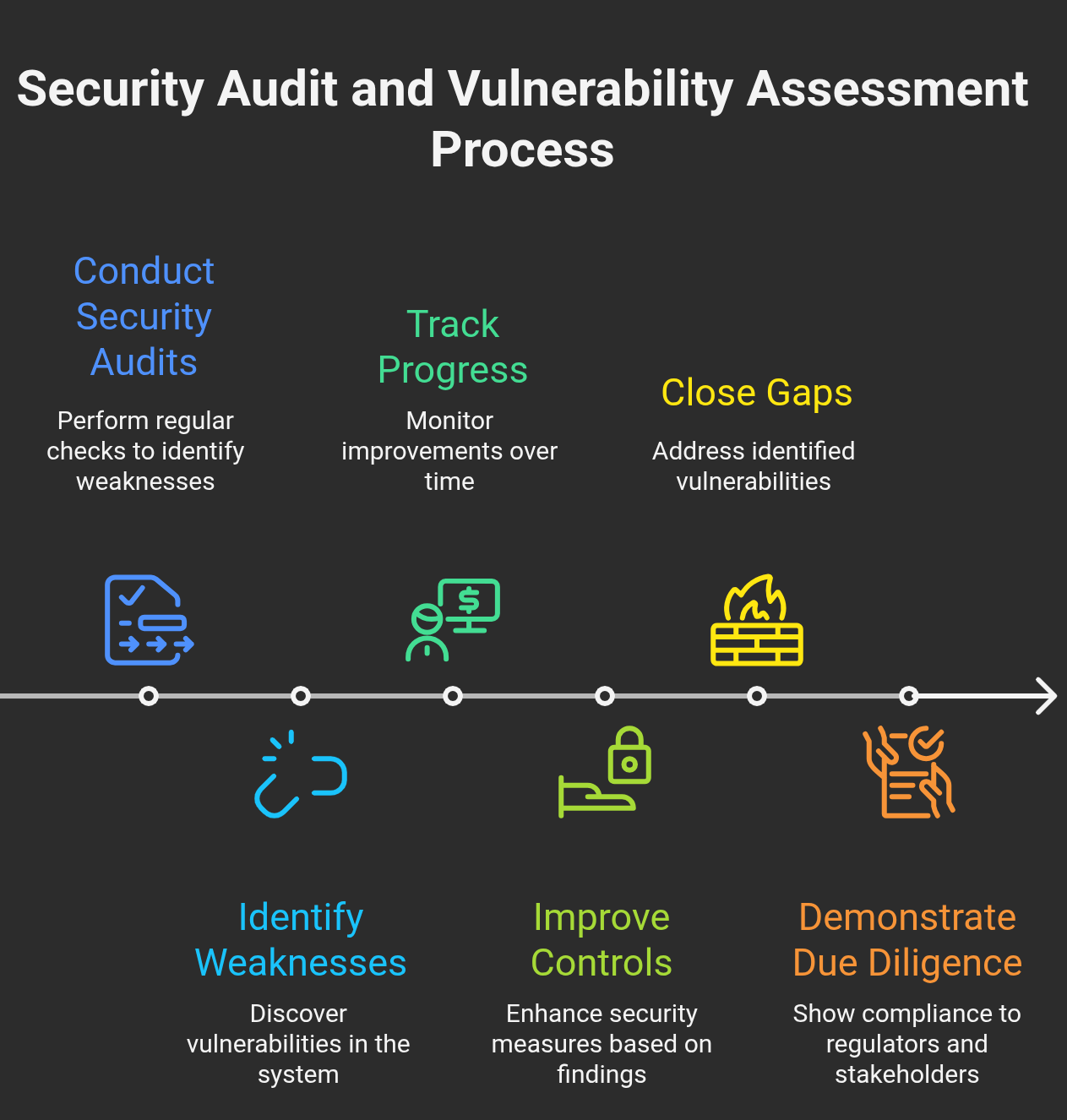A comprehensive cyber hygiene checklist is essential for organizations to protect digital assets, minimize risks, and comply with regulations. Here’s a detailed blog-style breakdown of the key steps for implementing robust cyber hygiene in 2025.
Assess and Understand Your Organization
Start by thoroughly assessing your cyber risks and analyzing past security incidents. This baseline helps identify vulnerabilities and areas needing the most attention. Reviewing previous attacks or weaknesses allows organizations to tailor their approach for maximum impact.

Inventory and Asset Management
Maintain a detailed inventory of all digital assets, including hardware, software, user accounts, cloud services, and IoT devices. Regularly validate and update this inventory—it’s impossible to protect what isn’t tracked. Unused or unmanaged assets should be securely removed to reduce your attack surface.
Patch Management and Updates
Enforce a policy of regular software updates and patch management for all operating systems and applications. Automate patch deployment as much as possible to ensure timely coverage. Unpatched vulnerabilities are a common attack vector for ransomware and breaches.
Identity and Access Management
Implement strong password policies, multi-factor authentication (MFA), and the principle of least privilege for all accounts. Never allow credential sharing and restrict access based on user roles. Segment and control access, revoking unnecessary privileges promptly.
Data Protection and Regular Backups
Encrypt sensitive data at rest and in transit, using strong, industry-accepted standards. Schedule regular data backups and test restoration procedures to safeguard against data loss from ransomware or hardware failures.

Network Security and Segmentation
Deploy firewalls, antivirus software, and network monitoring to detect and prevent unauthorized access. Segment your networks so a breach in one zone does not compromise your entire infrastructure. This limits damage and aids containment efforts.
Employee Training and Awareness
Conduct frequent security awareness training for all employees, focusing on phishing, social engineering, and safe data handling. Human error is a leading cause of breaches, so ongoing education is vital to maintaining a secure environment.
Policy, Governance, and Compliance
Develop, document, and regularly audit security policies and governance procedures. Stay updated on compliance requirements like GDPR, CCPA, or relevant industry standards, and ensure consistent enforcement across the organization.
Incident Response and Threat Intelligence
Create and periodically test an incident response plan. Subscribe to real-time threat intelligence services and adjust security controls based on emerging trends. Proactively respond to intelligence into ensure business continuity. This plan should clearly define roles, communication protocols, and containment strategies.
Security Audits and Continuous Improvement
Conduct regular security audits and vulnerability assessments to identify weaknesses and track progress. Use findings to improve controls, close gaps, and demonstrate due diligence to regulators and stakeholders.
Ready to Master Your Cyber Hygiene?
Implementing a robust cyber hygiene program can be complex, but you don’t have to navigate it alone. Adiroha Cybersecurity Solutions provides tailored services, from risk assessment and asset management to employee training and incident response planning.
Partner with Adiroha to transform your checklist into a resilient security posture.
[Contact Us Today for a Free Security Consultation]





Leave a comment: